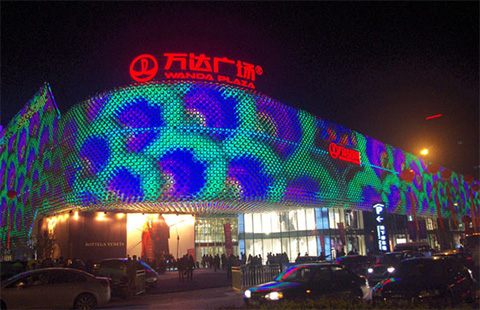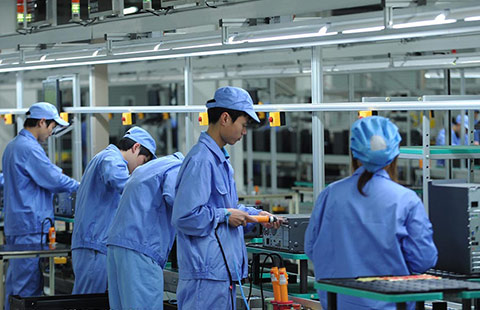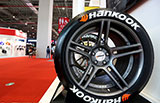Aerospace, building giant delivers green, tech-focused products
By Zhong Nan (China Daily) Updated: 2015-09-23 11:02The populations in many of China's second-and third-tier cities are much larger than those of big cities elsewhere in the world. Providing high-efficiency elevators and escalators-not only for buildings, but transportation infrastructure such as airports, railways and metro stations-is critical to meeting the country's demand for public services, Zheng said.
Otis, a United Technologies business and a world leader in elevator and escalator manufacturing and service, saw 5 percent year-over-year growth in its revenue in 2014, backed by double-digit growth in new equipment sales, primarily driven by China and the United States.
In the US, Otis maintains nearly 70 percent of the equipment it has sold, compared to only 20 percent in the Chinese market. This indicates that there is a huge market for service growth in China. The Safety Law for Special Equipment released in 2013 had a positive impact on Otis, imposing strict requirements for maintenance services.
"Otis will continue investing in expanding its service infrastructure because quality maintenance is core to extending equipment life and, most importantly, to safeguarding passengers," said Zheng.
To compete with rivals in China, Otis has built a large mechanics team with broad geographic coverage. Using mobile technology, Otis mechanics can manage orders and reports with convenience and efficiency.
Zheng said future elevator technology will focus on the most efficient way to move people throughout the building. Advanced dispatching systems will be used to increase efficiencies, safety and speed.
These systems will be integrated with other building technologies, such as video analytics and intelligent evacuation systems in fire and security applications, to increase overall sustainability and customer satisfaction, he said.
- Efficiency, integration key to progress
- Competitive market forces US to better ourselves
- Policies to address 'drug lag' essential
- Caixin flash PMI hits 78-month low in September
- China against competitive depreciation & currency war: Xi
- China's stock markets in self recovery, adjustment: Xi
- Pu'er city aims to further develop its plateau agriculture
- Internet a better engine for insurer MetLife China

















